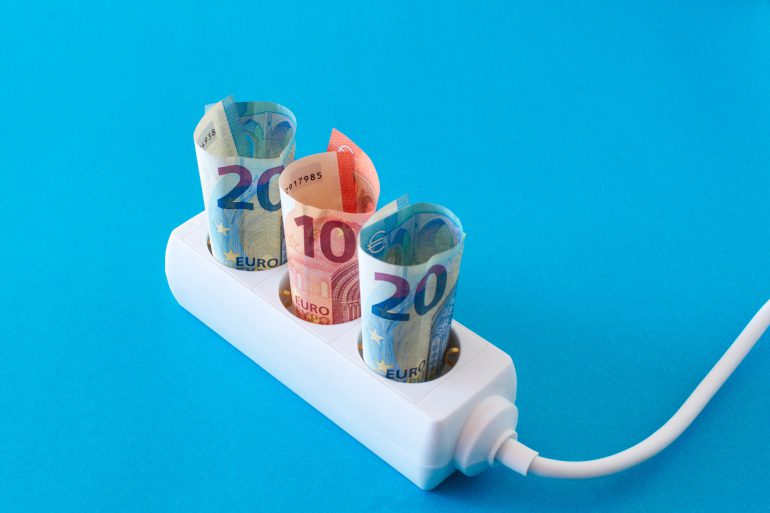Winter is just around the corner, and with the arrival of cold days and long windy nights often come high energy bills due to increased heating costs. While gas and electricity prices have dropped since the extreme heights of 2021 and 2022, rising network operator costs have nevertheless been keeping consumers’ bills high.
The Netherlands relies on a series of private network operators to provide a safe and regular supply of gas and electricity, as well as maintain the energy grid. Each network operator has responsibility for a specific geographic area, removing competition from the market. To ensure the smooth flow of gas and electricity as well as fair pricing, the Netherlands Authority for Consumers and Markets (ACM), an independent regulatory body that’s part of the national government, regulates these companies to ensure they have sufficient funds to invest in improvements. The ACM also protects consumers from being charged excessively high rates due to monopoly pricing, by setting the maximum prices that network operators can charge consumers.
Network operator costs have grown due to shifts in the way energy is taxed and costs related to the transition to renewable sources. Starting in January 2023, the value-added tax (VAT) percentage that applies to energy changed from 9 to 21 percent, greatly increasing network operators’ overall costs. The rise in homes and businesses with solar panels that deliver extra electricity to the energy grid has also increased the need for physical infrastructure to be built, which also is driving up costs. Network operator fees rose by approximately €120 in 2023, a jump approved by the ACM.
Current energy prices are down from the peaks reached in 2022 after gas and oil prices began rising sharply in 2021. The skyrocketing prices were driven by several factors, including a cold winter and spring in 2021 and the invasion of Ukraine the following year. The first part of 2021 was particularly cold, so gas reserves were already running low by the end of the spring. At the same time, less gas was available throughout Europe, largely due to maintenance projects and the reduced supply of Russian gas. Energy demands from Asian nations also began to increase. During the winter of 2021, Dutch gas reserves recovered, thanks in part to relatively mild weather, but the Russian invasion of Ukraine in February 2022 sent the energy market into a panic, resulting in extremely high gas and electricity prices. Prices have since dropped somewhat, due in part to lower demand and full gas reserves.
Dutch electricity prices are largely dependent on the cost of gas — the Netherlands relies heavily on natural gas to produce electricity. While the nation has sun- and wind-driven electricity production, capacity simply isn’t high enough yet to rely exclusively on renewable and sustainable sources. The Netherlands is currently busy working towards the transition to renewable energy and the nation should largely be tapping sustainable sources for power by 2050, around which time greenhouse gas emissions should also be close to zero. There’s a detailed timeline for the transition to options such as solar, wind and water-driven energy and the government is providing support to help companies and consumers pay for solar water heaters and heat pumps.
In response to extremely high gas prices in 2022, the Dutch government implemented a price cap that went into effect at the beginning of 2023. Under the plan, consumers pay a maximum of €1,45 per cubic meter of gas up until they 1200 m³ of use; higher prices apply after that. The price of electricity was capped at €0,40 per m3 up to a maximum of 2900 kWh. For those still looking for ways to save on energy costs, the Consumentenbond, an independent organization that represents consumers, suggests reducing use, improving insulation and installing solar panels.
Written by Lorre Luther
